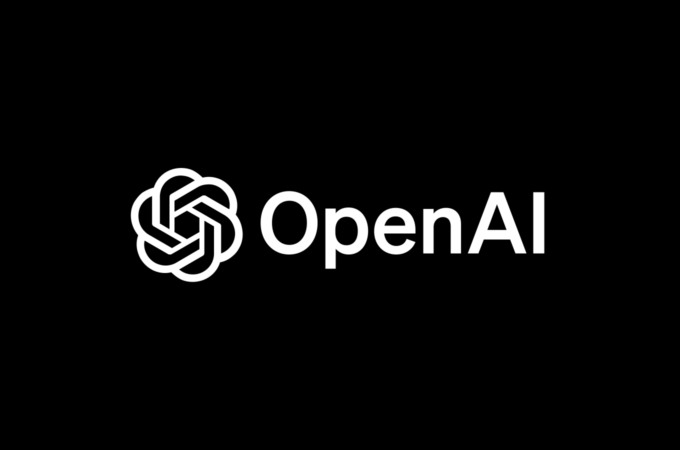
10 FinTech Predictions for Asia in 2017
By Henri Arslanian for LTP
In 2016, FinTech went mainstream. So what can we expect for 2017?
Here are some predictions for FinTech in Asia for 2017:
1. Forget the unicorns… Watch out for the Chinese dragons instead!
China is the global leader in many aspects of B2C FinTech, with firms such as Tencent and Lufax deploying innovative ways to deliver financial services to millions of customers. For example, Ant Financial’s money market fund, Yu’e Bao, is now the third-largest money market fund in the world and ZhongAn’s online insurance offering has more than 350 million customers. However, very few outside of China are aware of these firms and appreciate how advanced their offerings are compared to their peers in the West.
Perhaps 2017 will be the year when China’s role in FinTech innovation finally gets the respect and attention it deserves on the global level?
2. RegTech, RegTech and RegTech
Since the global financial crisis, banks have dealt with the numerous new regulations by hiring thousands of compliance officers, thus solving an important problem by adding costly headcount. Many RegTech solutions are now becoming available to help banks reduce such costs. Unlike FinTech, where there is an element of competition between banks, RegTech is an area where everyone could win by cooperating.
IBM’s acquisition of regulatory compliance consulting firm Promontory is a good example of the exciting opportunities in this space with ex-regulators training IBM’s artificial intelligence platform, Watson, about compliance. Could 2017 be the year of RegTech?
3. Opening my bank account with Facebook?
As mentioned in my recent TEDx talk on FinTech, the large tech firms in Asia such as Tencent or Ant Financial are already very active in the financial services space and many of their Western counterparts from Facebook to Apple are continuing to make inroads into financial services. The recent example of Facebook securing a license from the Central Bank of Ireland in addition to its various money transfer licenses in the US is a good example.
In 2017, expect this push into financial services to continue, with the large Western tech players perhaps looking to China for inspiration?
4. Forget FinTech, what exactly do you do?
The FinTech industry has grown so much in recent years that nobody can really claim to be a “FinTech” specialist. It would be like saying that you are a “finance” or “law” expert. Each of the many verticals of FinTech, from P2P and payments to robo-advisory and blockchain, has become full-fledged disciplines on their own.
Expect this specialization trend to continue in 2017 with the FinTech industry continuing to mature and related disciplines such as RegTech and InsurTech increasing their dedicated following.
5. Artificial intelligence and robots to the rescue?
Artificial intelligence (AI) has been a hot topic for some time now, with many talking about the benefits that it can bring to the financial services industry. While the focus in the media is often on AI replacing human fund managers or traders, the most pressing use cases may be cost reduction or compliance issues – where AI helps banks in their anti-money laundering or employee misconduct detection efforts by replacing costly functions that are currently done manually by humans.
The year 2017 may be another good one for AI. And further good news for banks is that these robots do not ask for raises, vacations or salary increases and have no big egos.
6. India leading the way?
One of the most groundbreaking and ambitious FinTech projects globally is taking place in India with the launch of the “India Stack,” which will drastically transform the financial services industry in the country. However, as with similar innovations in China, few people in the West are aware of it. The India Stack has many impressive layers, including a universal biometric digital identity, already issued to more than 1 billion people, that allows seamless KYC and onboarding as well as a single interface for all of the country’s bank accounts and wallets, thus democratizing payments of all sorts.
One of the biggest benefits of the India Stack is probably financial inclusion as it allows millions to go from being unbanked to being banked. In 2017, will other jurisdictions be inspired by what India is trying to achieve?
7. Where can I learn “FinTech”?
As FinTech is entering the mass market, expect many universities and course providers to increasingly offer FinTech courses. For example, I teach the first FinTech university course in Asia at the University of Hong Kong. Many other universities globally have launched similar courses. While these are good first steps, we need to go further and make courses on design, coding and engineering part of the curriculum of all business schools and finance programs as these are the skills that many of the bankers of the future will need.
Will we start telling students in 2017 that if they want to work in banking, they should perhaps become programmers or designers? Are Python and C++ the new English and Mandarin Chinese?
8. Meet your new colleague, Mr. Chatbot?
Chatbots, which mimic human conversations in messaging apps such as Facebook Messenger or WeChat, went from being a novelty to becoming mainstream in 2016. Facebook’s Messenger platform alone has more than 30,000 bots written by almost as many developers. Several customer-facing chatbot applications are now being tested for use cases ranging from retail banking customer service to insurance claim processing.
Expect many more of these to be piloted and rolled out in 2017 as chatbots increasingly start to become part of our everyday lives. Get ready to welcome your new colleague, Mr. Chatbot!
9. Where have all the bankers/angel investors gone?
Bankers used to be a big source of angel capital for FinTech startups, especially across Asia. With many bankers losing their jobs and the prospects for such high-paying jobs remaining slim, many of these previously bullish bankers are becoming more cautious with their risky startup investments. This is directly affecting the fundraising landscape for early-stage FinTechs.
Unfortunately, for FinTech entrepreneurs, this trend is likely to continue in 2017.
10. FinTech arbitrage by building in the West and selling in Asia?
More innovative FinTech firms based in America or Europe may choose Asia – using Hong Kong or Singapore as entry points – as target markets in which to sell their solutions. While there is tremendous FinTech and RegTech interest from banks in Asia due to the relatively tech-savvy and demanding client base, the pool of quality homegrown FinTech startups is limited. This presents a unique opportunity for FinTechs to develop the R&D in the West and deploy it in Asia.
With both Hong Kong and Singapore positioning themselves as landing pads for such FinTechs, this is one area to continue to watch in 2017.
First appeared at LTP





